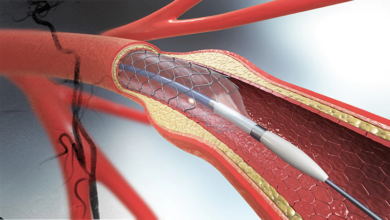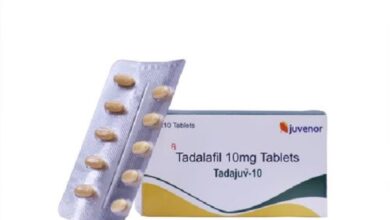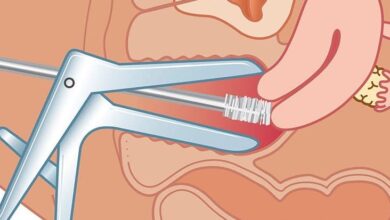5 Common Pediatric Dental Procedures And What To Expect

Children need routine cleanings and x-rays every six months to keep their teeth healthy. But they also undergo rapid changes that require special procedures.
For example, pediatric dentistry may involve a baby root canal which treats a severe tooth decay by drilling toward the roots, removing damaged or infected dental pulp, and then sanitizing and filling the tooth.
1. Dental Fillings
Dental fillings are one of the most common pediatric dental procedures. They are used to fill in the holes left by tooth decay or damaged teeth. Pediatric dentists will numb the area using a localized anesthetic before applying the filling.
There are several types of fillings including resin & glass ionomer which are tooth-colored and release fluoride to help prevent further cavities. Ceramic & porcelain fillings are more durable but tend to cost more than resin fillings. Pulp therapy is done when a child’s tooth gets infected or has been traumatized. The pulp of the tooth contains nerves, blood vessels & reparative cells and without treatment it can lead to abscess or infection.
2. Dental Sealant
Dental sealants are a protective coating that are painted on a child’s permanent molars to prevent cavities. They are a great complement to daily brushing and flossing, and they can significantly reduce the risk of decay in those hard-to-reach spots.
To apply the sealant, we first clean and dry your child’s tooth. We then use an acidic gel to slightly roughen up the surface of the tooth, which helps the sealant adhere better. Then, we rinse and dry the tooth again, and finally, we apply the liquid sealant and use a blue light to harden it.
3. Dental Crowns
A dental crown is a cap that’s customized to cover and protect a patient’s tooth. They’re frequently used to repair damaged teeth and prevent complications from worsening.
A tooth that has a large filling may require a dental crown to restore its strength and function. Dental crowns are also utilized to treat severe cavities and prevent complications like impacted teeth or jaw issues.
Pediatric dentists often recommend orthodontic treatments for crooked teeth, excessive gaps between teeth, and other bite irregularities. Braces, retainers, and invisible dental aligners are popular treatment options.
4. Dental Extractions
Pediatric dentists can use dental sealants to protect the chewing surfaces of back teeth from decay. They can also advise parents on thumb sucking/pacifier use, eating habits, and oral hygiene routines that prevent common problems like crooked teeth or overcrowded teeth.
Root canals are a more invasive treatment for tooth damage or severe tooth decay that extends to the roots of a tooth. The procedure involves drilling toward the root of a tooth, removing and sanitizing the tooth pulp, and then filling the cavity.
Tooth extractions are sometimes necessary to remove a damaged or severely decayed tooth, crowded teeth, or impacted wisdom teeth. Pediatric dentists are skilled in performing this procedure on children and can reduce stress associated with the procedure.
5. Root Canals
Root canals are a necessary procedure for infected teeth, especially when children experience constant, unexplained tooth pain. The dentist will administer local anesthesia before removing the infected tissue from the canals, disinfecting and shaping them properly, and sealing them with a dental filling.
Pediatric root canals are also performed to preserve primary teeth after injury or decay. This prevents them from falling out too early, which can cause the adult tooth to grow crooked or incorrectly. The dentist can then fill the cavity or use a crown to return the tooth to normal function.






